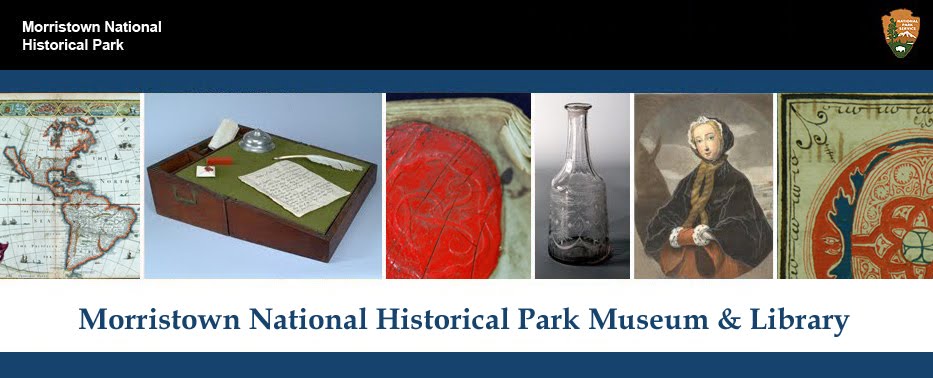 |
| MORR 11820 |
The decade of the 1790s was a period of true experimentation for the United States. The new Constitution, barely a decade old, was put to the test on a seemingly daily basis. With so much debate and disputation at the highest levels of government, what was the “average” American to do in order to learn about the political workings of the country; in essence, how to learn about and study what today we call civics?
In 1795, a South Carolina congressman (serving
from 1789-1799), William Loughton Smith (1758-1812), devised a plan to produce
a primer of sorts on the United States Constitution compared with the various
state constitutions. Smith was well prepared for writing a tutorial for the
“average” American. He had studied in England and Europe, and was prepared for
law at the prestigious Middle Temple in London (part of the Inns of Court).
The result of Smith’s efforts, A Comparative View of the Constitutions of
the Several States with Each other, and with that of the United States…,
was published in 1796 in Philadelphia by John Thompson. The book, dedicated to
the “People of the United States,” had numerous foldout charts which show the
various activities of government and how they differed from state to state.
As a physical artifact itself, the book is quite
typical of the period. While probably out of reach financially for the
“average” American, it was nonetheless a beautiful piece of workmanship and
would have made a handsome addition to any personal library. The book is bound
in half-leather (meaning leather on the spine and at the four corners) with
marbled exterior boards.
The copy featured, catalog number MORR 11820, is
from the extensive Lloyd W. Smith archival and rare book collection at
Morristown. It represents one of the first popular guides to American government,
which became very prolific—and cheaper—during the nineteenth century; and
indeed are still available today in numerous formats.
This blog post by Jude Pfister, Curator.
This blog post by Jude Pfister, Curator.

No comments:
Post a Comment